Many people only schedule air conditioning repair when their system totally fails. However, the truth is your air conditioner will often give warning signs before a total breakdown that results in new AC installation. Recognizing the symptoms and calling the experts at Service Max Heating & Air Conditioning to address issues early can save you from the hassle and expense of a full AC system failure. More importantly, it can prevent the hot and sweaty conditions created by having your AC break down when it’s scorching hot outside.
When you call us, our team of highly trained HVAC technicians will diagnose the issue, resolve the issue and get your system running again. We have a proven track record in the community and provide top-tier, budget-friendly AC service for local homeowners.
Why wait until your cooling system breaks down? Skip all that hassle by calling today to schedule AC repair in Arlington, WA, from Service Max Heating & Air Conditioning.
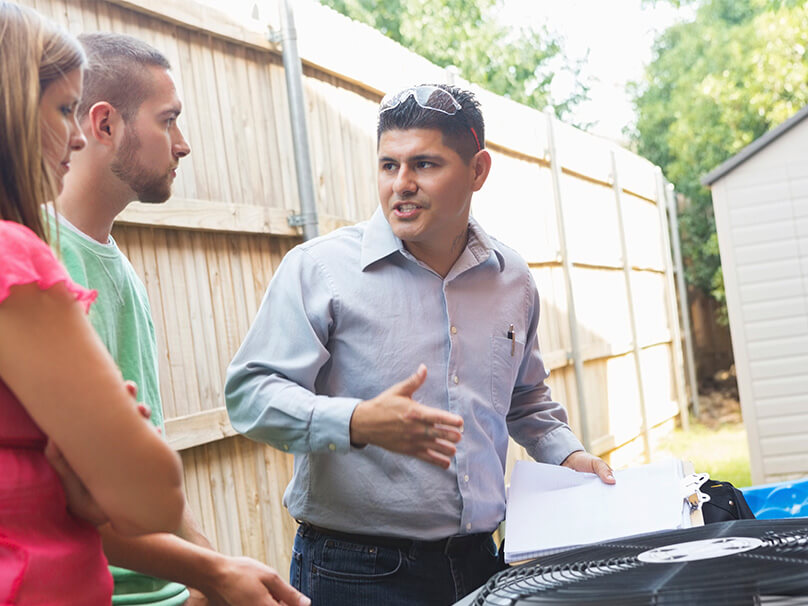
Warnings Signs You Need AC Repair
Wondering if your air conditioner requires service? From unusual smells to warm air coming from the vents, there are many indicators that your cooling system has an issue and needs attention or service.
Here are some red flags that trouble may be around the corner and it’s time to call an HVAC technician from Service Max Heating & Air Conditioning:
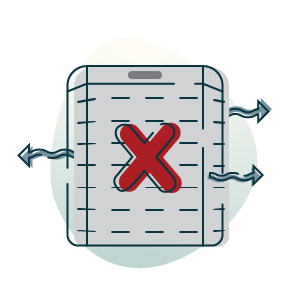
AC blows warm air instead of cold
If heated air is flowing out of your AC unit instead of cool air, or if the air isn’t as cool as normal, it’s a smart move to call us for professional cooling service.
Air conditioner frequently turns on and off
If your AC system starts and stops instead of maintaining steady operation, it could be a warning of potential issues and should be inspected by one of our certified HVAC technicians.
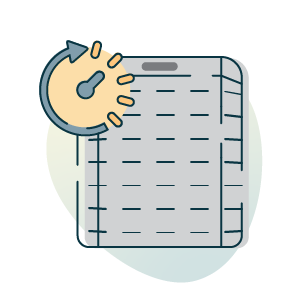
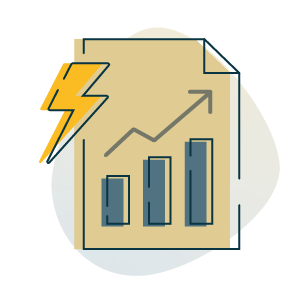
Home energy bills spike for no apparent reason
A sudden spike in your energy expenses can be a sign your AC unit is losing efficiency, which means it uses more energy to keep your space comfortable and needs AC maintenance or repair.
Unusual odors are coming from your air conditioning
Air conditioners should not stink. Weird smells coming from your AC unit should be inspected by an HVAC technician, as they can be a symptom of trouble like mold, mildew or even electrical issues.
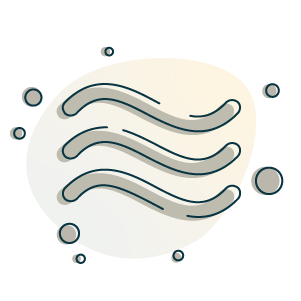
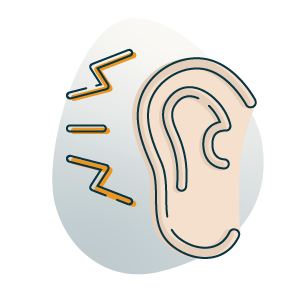
AC starts making noises
If you hear odd noises when your AC system is running — thumping, scraping or screeching, to name just a few — it’s important to call for professional HVAC service to evaluate your system.
Request Expert Air Conditioner Repair Today
When you require air conditioning service quickly, get in touch with the HVAC repair specialists at Service Max Heating & Air Conditioning. We’ll speedily identify the problem when your AC won’t work or deliver adequate cool air.
